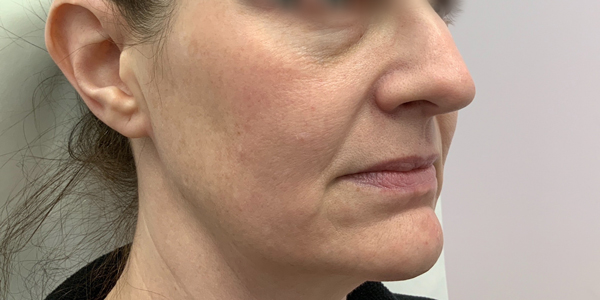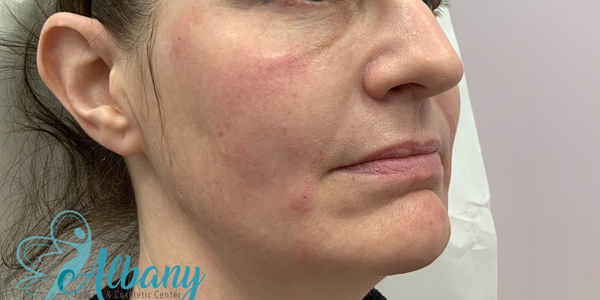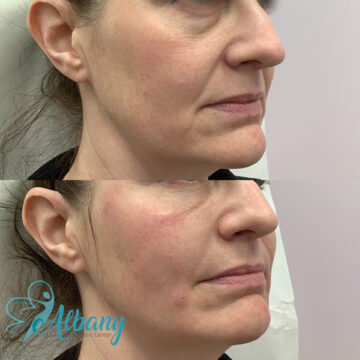Platelet-Rich Fibrin (PRF) – The Natural Alternative to HA Fillers for a Liquid Facelift
A liquid facelift is a non-surgical alternative to a traditional facelift that aims to rejuvenate the face and restore its youthful appearance. Historically, hyaluronic acid (HA) fillers have been the go-to solution for facial rejuvenation. However, the latest trends in cosmetic medicine have brought platelet-rich fibrin (PRF) to the forefront as a natural and effective alternative to HA fillers. This blog post will discuss the benefits and advantages of using PRF for a liquid facelift.
What is Platelet-Rich Fibrin (PRF)?
Platelet-rich fibrin (PRF) is a natural, autologous concentrate derived from a patient’s own blood. It contains a high concentration of platelets, growth factors, and fibrin, which are essential components for tissue repair, regeneration, and wound healing. PRF has gained popularity in the field of regenerative medicine due to its ability to promote tissue healing and improve skin quality.
Why Choose PRF Over HA Fillers for a Liquid Facelift?
There are several reasons why PRF is becoming a popular alternative to HA fillers for a liquid facelift:
- Natural and Safe:
PRF is derived from the patient’s own blood, making it a natural and safe option. Since it is autologous, there is a significantly reduced risk of allergic reactions or complications compared to synthetic fillers. - Improved Skin Quality:
While HA fillers add volume to the skin, PRF goes a step further by promoting collagen production, elastin regeneration, and improved blood supply, leading to better skin quality. This results in a more youthful and radiant appearance. - Longer-Lasting Results:
The effects of PRF are longer-lasting than those of HA fillers. As PRF stimulates the body’s natural healing and regeneration processes, the results can last up to 18 months, whereas HA fillers typically require touch-ups every 6-12 months. - Gradual and Subtle Improvement:
Unlike HA fillers, which can produce immediate and sometimes unnatural results, PRF provides a more subtle and gradual improvement in the skin’s appearance. This makes it an excellent option for those looking for a natural-looking enhancement. - Minimal Downtime and Side Effects:
The downtime and side effects associated with PRF are generally minimal compared to HA fillers. Swelling, redness, and bruising are usually mild and resolve within a few days.
The PRF Liquid Facelift Procedure:
The PRF liquid facelift procedure involves the following steps:
- Blood Collection: A small amount of the patient’s blood is drawn, typically from the arm.
- PRF Preparation: The blood sample is centrifuged to separate the PRF from other blood components.
- PRF Injection: The PRF is then injected into the target areas of the face using a fine needle or cannula. The procedure is relatively painless, with most patients reporting only mild discomfort.
- Recovery: As mentioned earlier, downtime is minimal. Patients can return to their daily activities soon after the procedure.
Conclusion:
Platelet-rich fibrin (PRF) offers a natural, effective, and long-lasting alternative to traditional HA fillers for a liquid facelift. With its ability to stimulate tissue regeneration and improve skin quality, PRF has become popular for those seeking a more natural and subtle approach to facial rejuvenation. If you are considering a liquid facelift, talk to your healthcare provider about the benefits of PRF and whether it is the right choice for you.
Liquid Facelift: Case No. 1285





